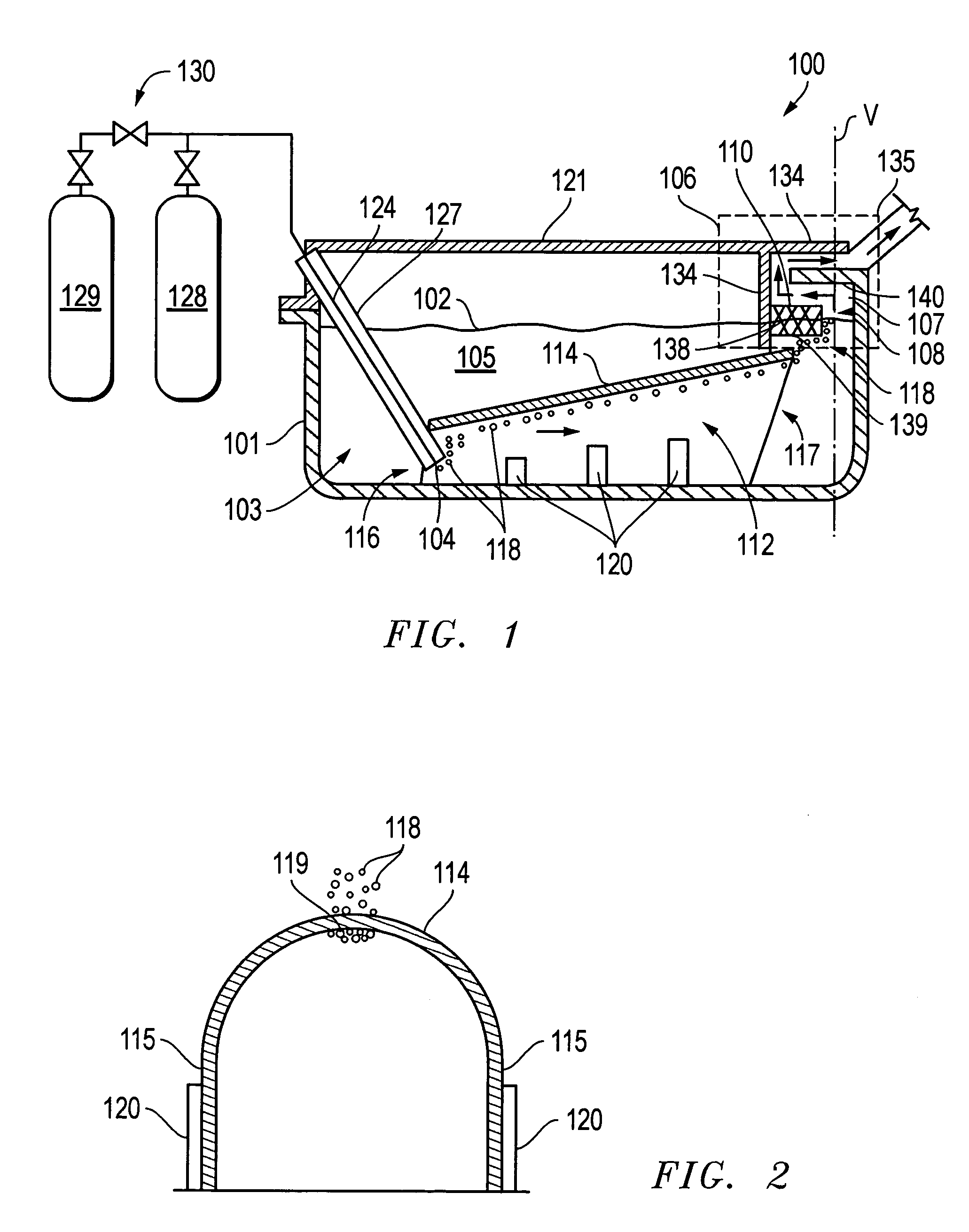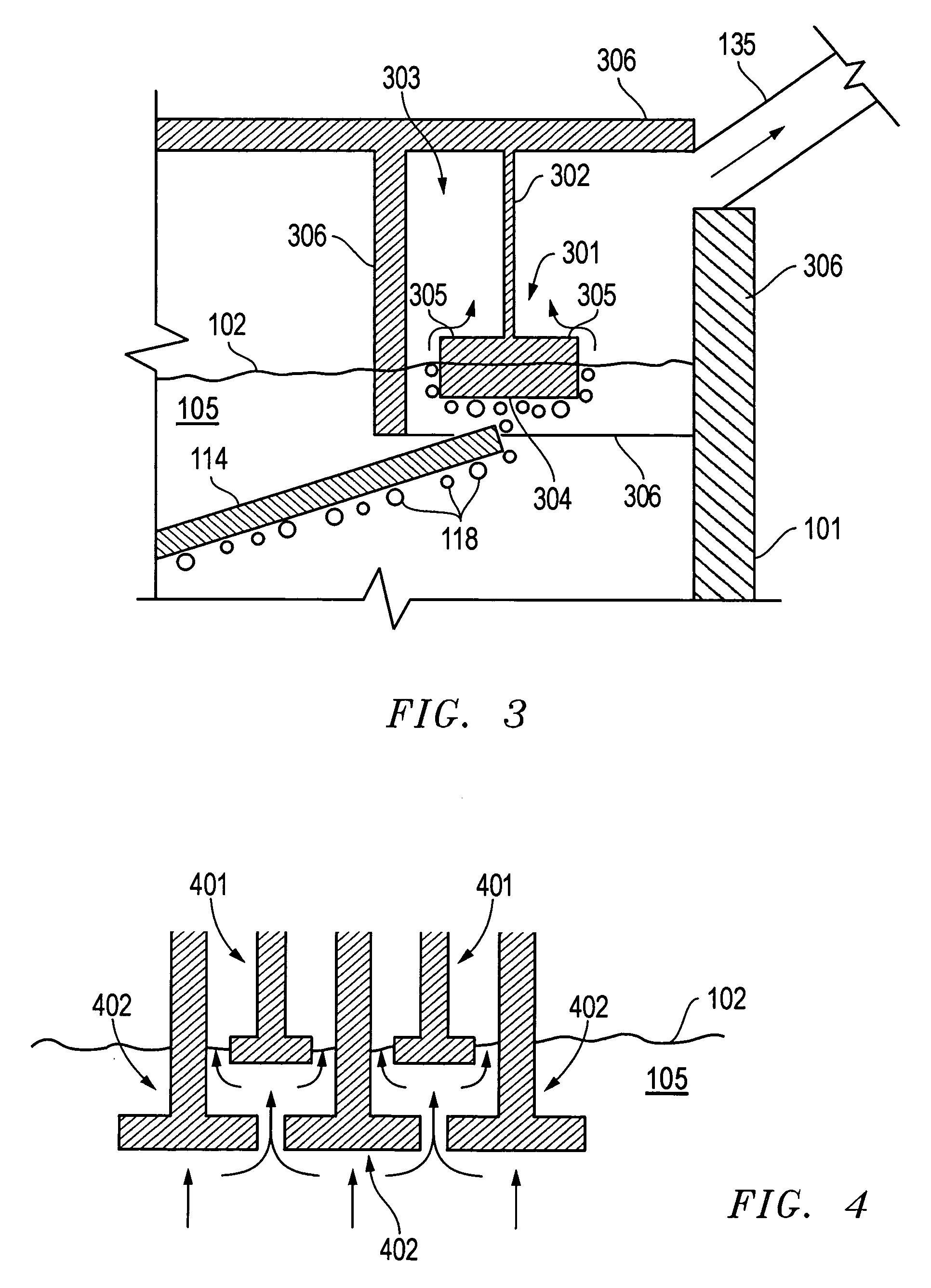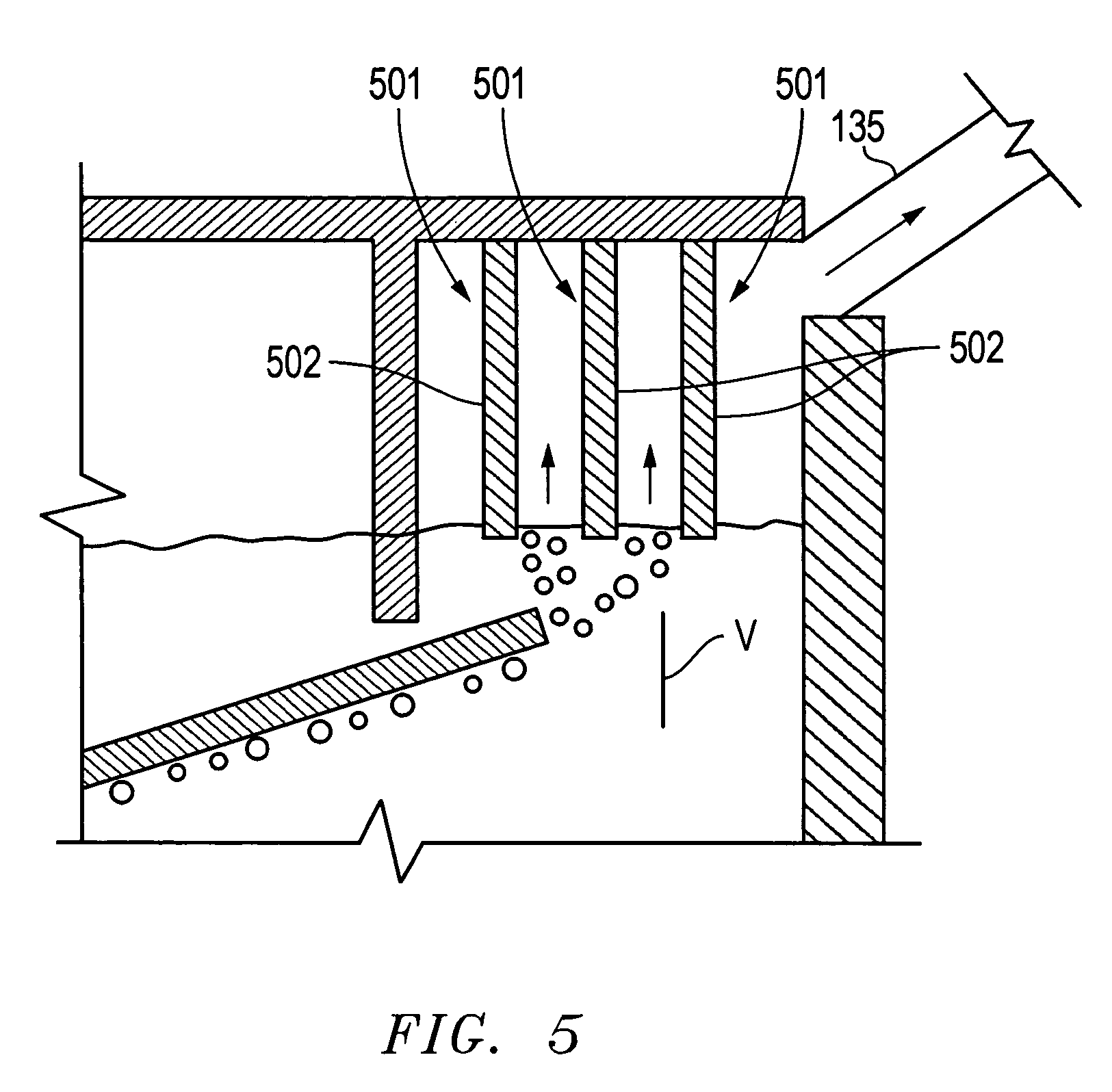Reactant liquid system for facilitating the production of carbon nanostructures
a liquid system and reactant technology, applied in the direction of material nanotechnology, single-walled nanotubes, chemistry apparatus and processes, etc., can solve the problems of affecting the quality and properties of carbon nanotubes, slowed the application practicability of carbon nanostructures in products, and only small quantities of carbon nanotubes of inconsistent quality
- Summary
- Abstract
- Description
- Claims
- Application Information
AI Technical Summary
Benefits of technology
Problems solved by technology
Method used
Image
Examples
Embodiment Construction
[0019] The claims at the end of this application set out novel features which the Applicant believes are characteristic of the invention. The various advantages and features of the invention together with preferred modes of use of the invention will best be understood by reference to the following description of illustrative embodiments read in conjunction with the drawings introduced above.
[0020] Referring to the diagrammatic representation of FIG. 1, an apparatus 100 for producing carbon nanostructures according to the present invention includes a reactant liquid vessel 101 for containing a reactant liquid 105 at a reactant liquid level 102. An injection arrangement shown generally at reference numeral 103 allows a stream of feed material to be injected into reactant liquid vessel 101 at an injection point 104 below reactant liquid level 102. Apparatus 100 further includes a collection arrangement shown generally in dashed box 106. The illustrated collection arrangement includes ...
PUM
| Property | Measurement | Unit |
|---|---|---|
| temperature | aaaaa | aaaaa |
| hybrid energy | aaaaa | aaaaa |
| pressure | aaaaa | aaaaa |
Abstract
Description
Claims
Application Information
 Login to View More
Login to View More - R&D
- Intellectual Property
- Life Sciences
- Materials
- Tech Scout
- Unparalleled Data Quality
- Higher Quality Content
- 60% Fewer Hallucinations
Browse by: Latest US Patents, China's latest patents, Technical Efficacy Thesaurus, Application Domain, Technology Topic, Popular Technical Reports.
© 2025 PatSnap. All rights reserved.Legal|Privacy policy|Modern Slavery Act Transparency Statement|Sitemap|About US| Contact US: help@patsnap.com



